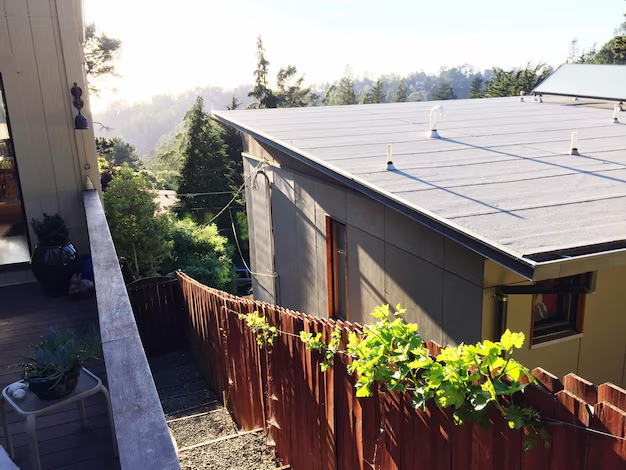Curious About Installing Solar Panels on a Metal Roof? Here’s the Scoop!
When considering solar panels for your home, the type of roof you have plays a crucial role in the ease and efficiency of installation. Metal roofs have gained popularity due to their durability and energy efficiency. If you’re wondering whether you can combine metal roofs with solar panels, the simple answer is: absolutely! In fact, metal roofs are excellent companions for solar panels, offering several advantages over traditional roofing materials.
Why Metal Roofs Work Well with Solar Panels
Durability and Longevity
One of the most significant benefits of metal roofs is their durability. Metal can endure harsh weather conditions and typically lasts longer than asphalt shingles or other materials. Solar panels are also long-lasting, and pairing them with a durable roof guarantees your investment in clean energy will last decades without needing significant repairs.
Ease of Installation
Metal roofs are generally easier for professionals to work with when installing solar panels. The smooth and sturdy surface of a metal roof allows for direct attachment, often eliminating the need for roof penetrations that can lead to future leaks. Some metal roofs, like those with standing seams, provide the ideal setup for clamp-mounted solar systems, which securely attach without compromising the roof’s integrity.
Energy Efficiency
Metal roofs are known for their reflective properties, reducing heat gain during hot months and improving your home’s overall energy efficiency. By combining a metal roof with solar panels, you create a more energy-efficient home, potentially lowering utility costs and enhancing comfort.
Potential Considerations
While the advantages are clear, there are still a few factors to consider when pairing solar panels with a metal roof. Initial Costs might be higher due to the combined expense of a metal roof and solar panel installation. However, this should be weighed against the long-term savings from reduced energy bills and maintenance costs.
Specific types of metal roofs might require different installation methods or additional structural support to accommodate solar panels. It’s crucial to consult with professional installers who have experience with both solar energy systems and metal roofs to ensure optimal installation and performance.
Leveraging Financial Support for Your Solar Investment
Switching to solar energy can represent a significant financial commitment upfront, but several programs and resources can alleviate this burden.
Government Incentives
Various government incentives and tax credits are available to encourage the adoption of solar energy. These programs can substantially lower the cost of solar panel installation. In the U.S., for example, the federal solar tax credit offers a percentage reduction from the cost of system installation at tax time.
Solar Financing Options
Many solar companies provide leasing and financing options that allow homeowners to install solar panels with little to no money down. These plans can be structured as monthly payments that offset what you save on electricity bills, making solar power more accessible.
Home Improvement Loans
If your roof requires upgrading before solar installation, a home improvement loan might be a viable option. Many financial institutions and government programs offer low-interest loans specifically designed for energy efficiency improvements.
Explore Further Financial Assistance and Educational Opportunities
💵 Government Incentives: Check for state and local solar incentives alongside federal tax credits.
🌞 Solar Loans: Consider loans that offer competitive rates for energy-efficiency projects.
🏡 Home Equity Programs: Use equity in your home to finance solar installations with favorable terms.
📊 Educational Grants: For those interested in entering the renewable energy field, numerous educational grants are available to support learning and innovation.
Embracing solar energy on a metal roof can be a prudent investment, bridging environmental responsibility with financial foresight. With strategic use of available resources, such a green transition becomes not merely feasible but highly advantageous for your wallet, home, and the planet.
